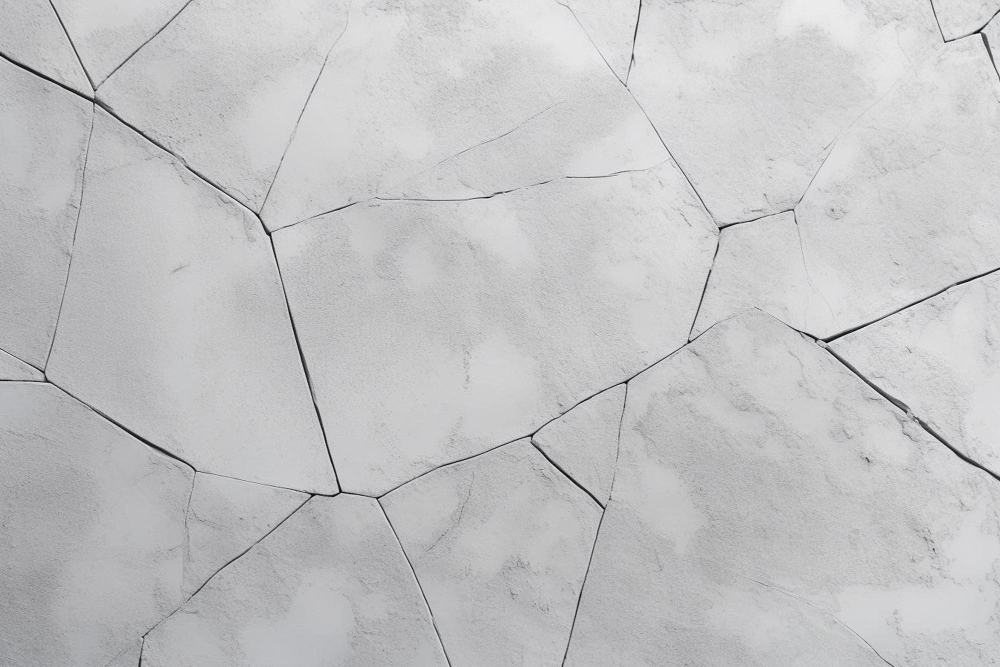
How to Tackle Tile Cracking: Understanding, Prevention, and Solutions
Are those annoying tile cracks ruining the look of your beautiful floor tiles? Tile cracks can be frustrating, not just because they look bad, but also because they might signal more significant problems beneath the surface. In this blog, we’ll explore why tiles crack, how to prevent it, and what you can do to fix cracked tiles.
Why Tiles Crack
Tiles can crack for several reasons, often starting with issues in the subfloor, the base layer under the tiles. If the subfloor is uneven, unstable, or has leftover debris from previous installations, it can create weak spots that lead to tile cracking. Using the wrong amount or type of tile adhesive can also cause tiles to crack due to improper support. Other factors like temperature changes, building movements, and low-quality tiles can worsen the problem.
How to Prevent Tiles from Cracking
Preventing tile cracks begins with careful preparation. Ensure the surface is strong, level, and clean before tiling. Using high-quality tile adhesives known for strong bonding can greatly reduce the risk of cracks. Choosing good quality tiles suitable for your specific use is also important. Adding advanced tile grout can further prevent cracks. For reliable solutions, consider using Vura’s advanced range of tile adhesives formulated to meet all your tiling and grouting needs.
1. Surface Preparation
Proper subfloor preparation is the foundation of a successful tile installation. A well-prepared subfloor ensures that the tiles have a solid, stable base, crucial for preventing cracks. Here’s what you need to do:
- Clean the Subfloor: Remove all debris, dust, grease, and any previous adhesive residues. A clean surface ensures better adhesion.
- Level the Subfloor: Check for any uneven areas. Use a leveling compound to fill low spots and sand down high spots to create a perfectly level surface.
- Check for Stability: Ensure the subfloor is structurally sound and does not flex or move. Any instability can cause tiles to crack under pressure.
- Dryness: Make sure the subfloor is dry. Moisture can compromise the adhesive and lead to future issues.
2. High-Quality Tile Adhesive
The tile adhesive you choose is critical for the longevity and stability of your tile installation. High-quality tile adhesives, like those from Vura, offer superior bonding strength and flexibility, accommodating any minor movements in the subfloor. Here’s what to consider:
- Choose the Right Tile Adhesive: Different tiles and surfaces require different types of tile adhesives. Use flexible tile adhesives for areas that may experience movement.
- Mix Properly: Follow the manufacturer’s instructions for mixing the tile adhesive. Incorrect mixing can lead to poor adhesion properties.
- Application: Apply the tile adhesive evenly using a notched trowel to ensure a consistent layer. Ensure a 100% bond between tile and adhesive, with no air pockets.
3. High-Quality Tiles
Selecting the right tiles is essential not just for aesthetics but for durability and performance. High-quality tiles are less prone to cracking and can withstand environmental stresses better. Consider the following:
- Material: Choose the appropriate tile material for the area, such as ceramic, porcelain, vitrified, or natural stone.
- Grade and Rating: Select tiles with the appropriate wear rating for your space. Use tiles rated for heavy use in high-traffic areas.
- Thickness and Size: Thicker tiles are generally stronger and less prone to cracking. Larger tiles may require more precise installation techniques.
- Finish: Ensure the tiles have a finish suitable for the area, such as non-slip tiles for wet areas like bathrooms.
4. Proper Grouting
Grouting plays a crucial role in maintaining the integrity of the tiled surface. High-quality grouts, like those offered by Vura, provide strength, resist staining, and accommodate slight movements. Here’s how to ensure proper grouting:
- Choose the Right Tile Grout: Select the appropriate type of tile grout for your tiles, such as cementitious, decorative, or epoxy.
- Mix Properly: Follow the manufacturer’s instructions for mixing tile grout. The correct consistency is essential for proper application.
- Application: Use tools like the Vura grout float to apply the tile grout, pressing it into the joints and removing excess from the tile surface. Ensure all joints are filled.
How to Fix Cracked Tiles
Fixing a cracked tile might seem tricky, but it can be done effectively. Here are some simple steps:
- Remove the Tile: Use a grout saw or small chisel to remove the tile and the grout around the cracked tile.
- Clean the Area: Ensure no old mortar or adhesive residue is left behind.
- Apply New Adhesive: Apply a uniform notched layer of Vura tile adhesive on the subfloor.
- Place the Tile: Carefully place the new tile into position.
- Reapply Grout: Once the adhesive has dried, reapply grout to the area, filling all gaps.
- Clean and Dry: Wipe away any excess grout and allow it to dry completely.
Alternatively, you can fix the entire tiling without removing the existing ones using a tile-on-tile application. For expert advice and high-quality materials, choose Vura for all your tiling needs.







